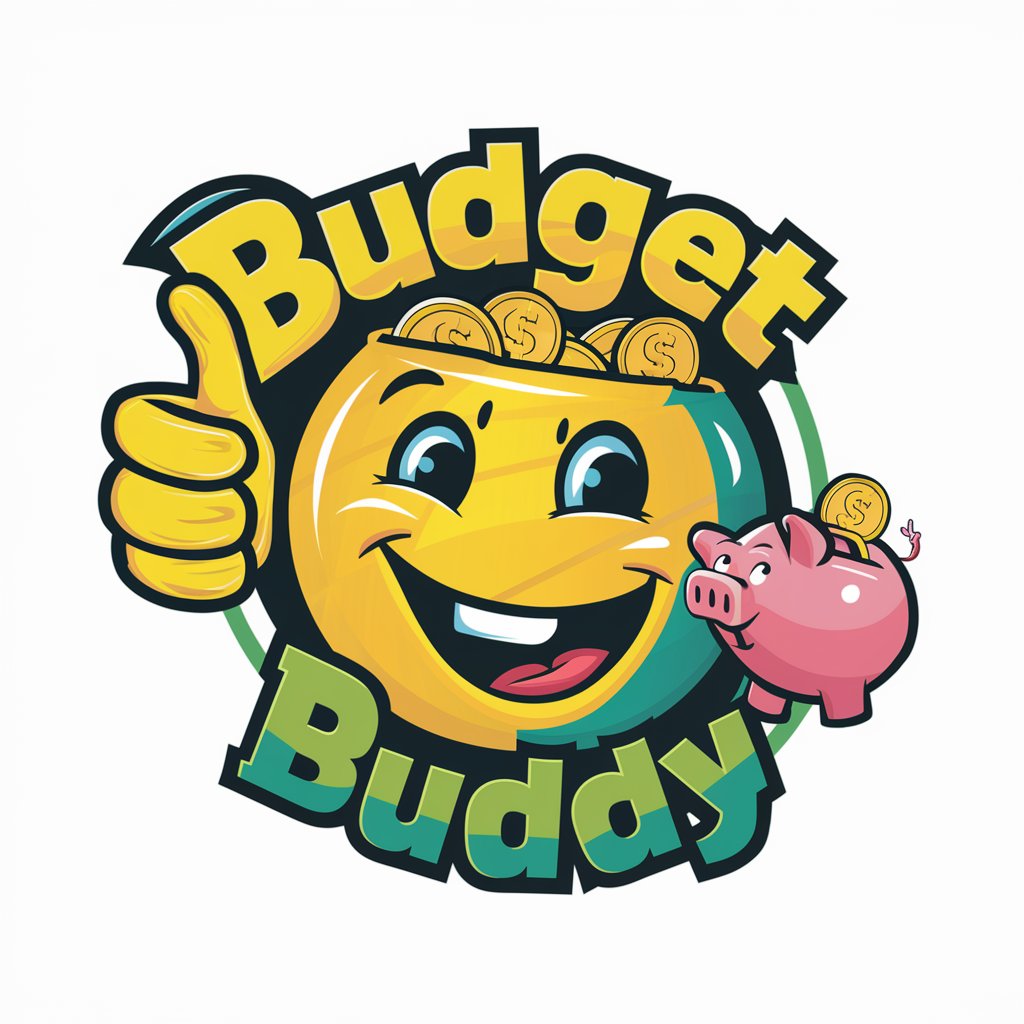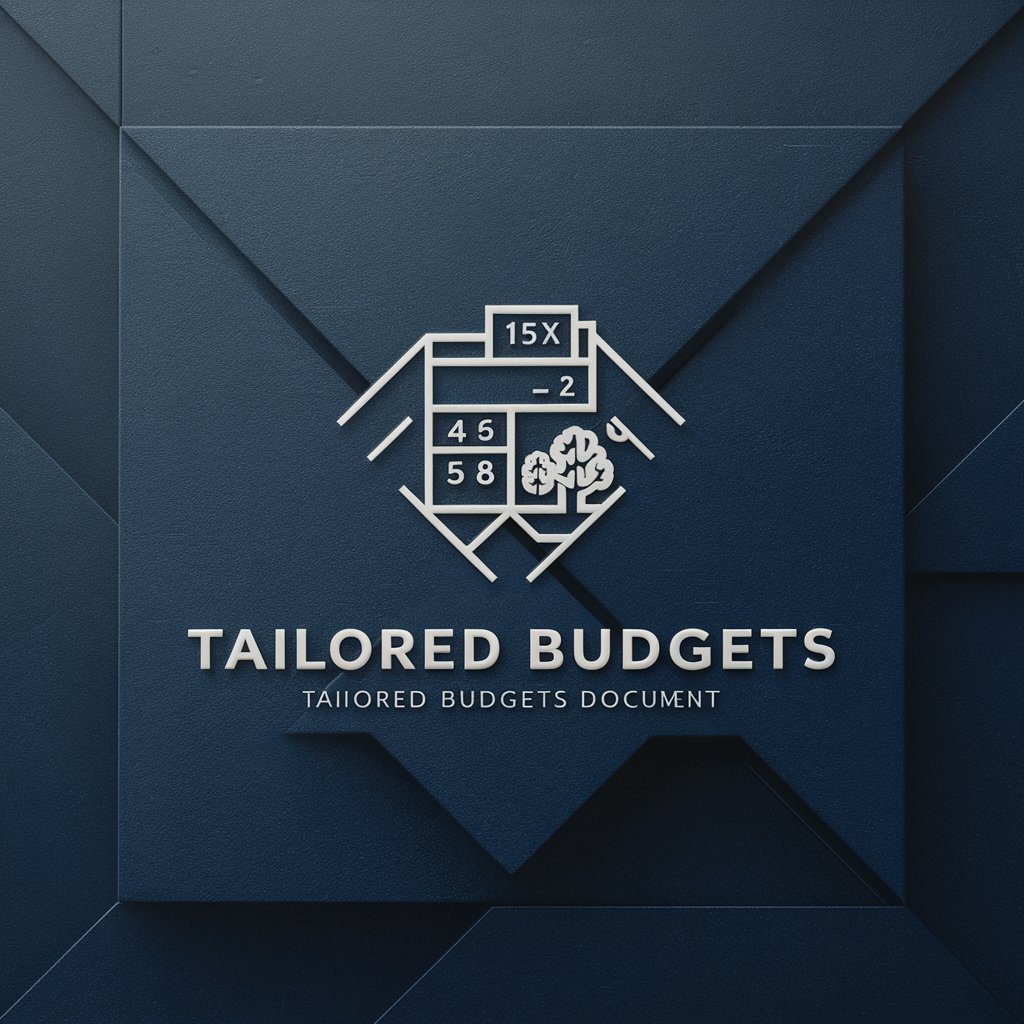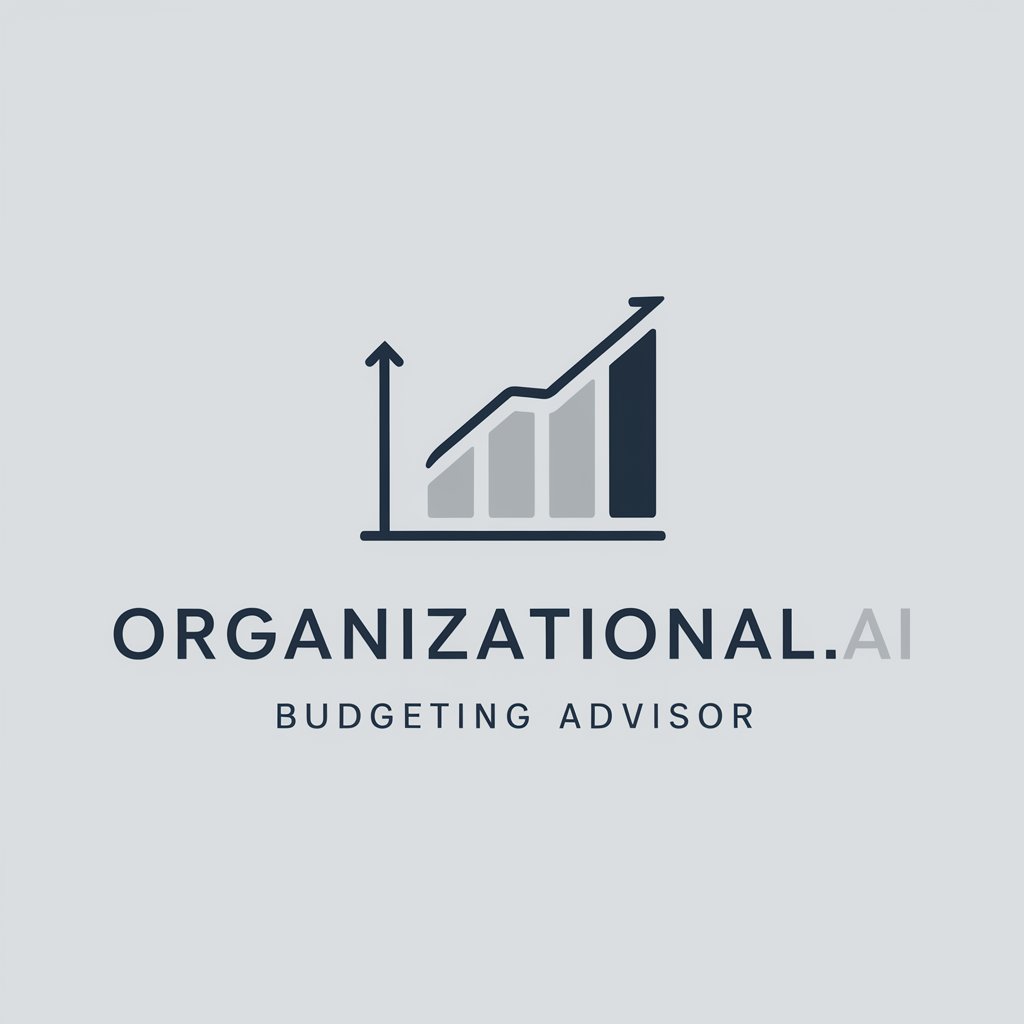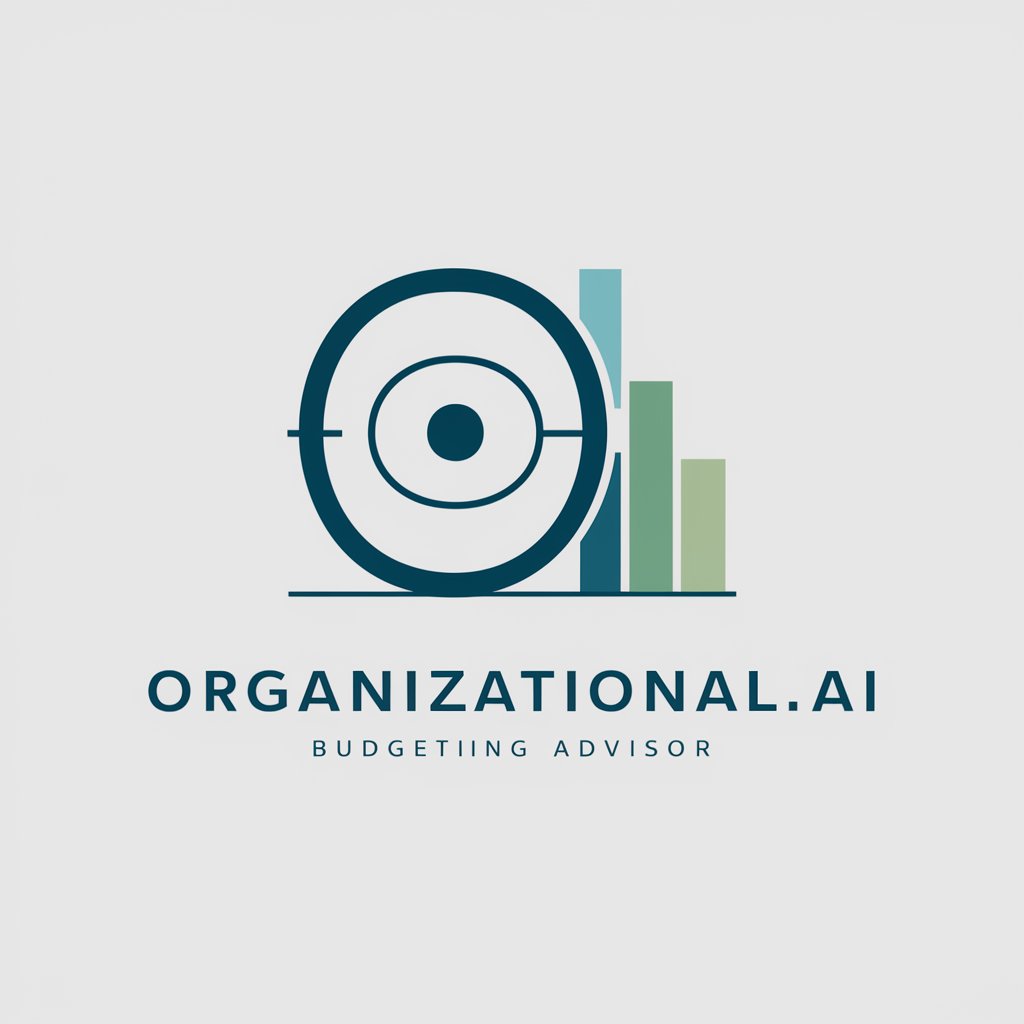
Guide to Preparing a Lump Sum Budget - Lump Sum Budget Tool
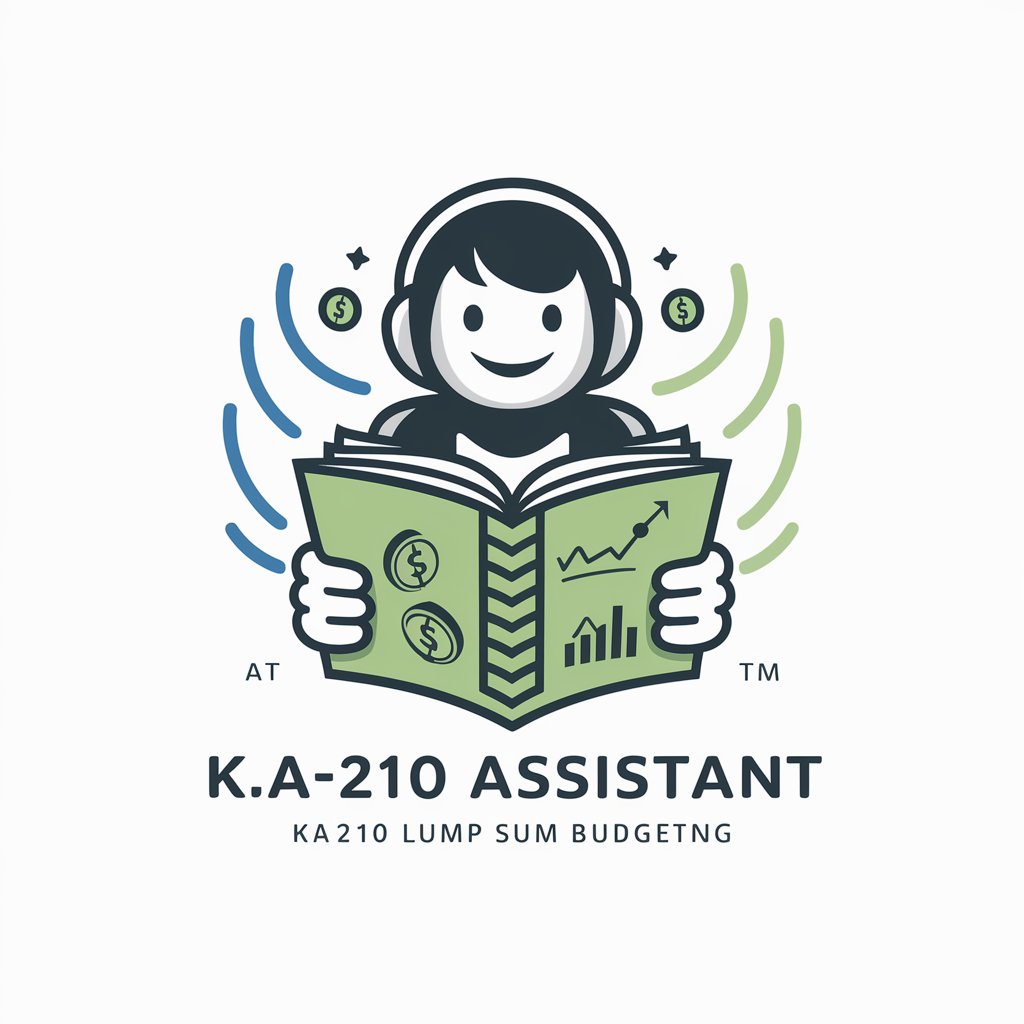
Welcome! How can I assist you with your KA210 lump sum budget today?
Simplify Your Erasmus+ Budgeting
What are the main objectives of the KA210 lump sum funding model?
How should I structure my budget to align with the KA210 guidelines?
Can you explain the reporting requirements for a KA210 project?
What activities can be covered by the KA210 lump sum?
Get Embed Code
Guide to Preparing a Lump Sum Budget
The 'Guide to Preparing a Lump Sum Budget' is designed to assist users in navigating the financial management and budgeting aspects of the KA210 (Key Action 2) Erasmus+ projects, specifically focusing on lump sum funding. It provides methodological guidance on budget planning, execution, and reporting within the Erasmus+ framework, ensuring compliance with program guidelines. Example scenarios include crafting budget plans for new cooperative education projects, adapting project scopes while maintaining budget constraints, and preparing financial reports that align with lump sum funding requirements. Powered by ChatGPT-4o。

Functions of Guide to Preparing a Lump Sum Budget
Budget Planning
Example
Assisting a consortium in defining a budget for a multinational educational project, ensuring all planned activities are financially covered and align with the lump sum guidelines.
Scenario
A user plans to submit a proposal for a new Erasmus+ project and needs to ensure that the financial plan adheres to the lump sum amount available for their project type.
Compliance and Reporting
Example
Guiding users through the process of preparing interim and final financial reports that must reflect the project activities accurately under the fixed lump sum awarded, without the need for detailed financial documentation.
Scenario
At the end of an Erasmus+ project, a user must prepare a final report. The guide helps ensure that the financial reporting is in line with the lump sum received and the activities executed.
Financial Monitoring and Adjustments
Example
Providing methodologies for monitoring budget expenditure during project implementation and advising on permissible budget adjustments without violating the fixed lump sum agreement.
Scenario
A project manager discovers the need to shift focus within the project activities due to unforeseen circumstances and seeks advice on how to make these changes within the constraints of the original budget plan.
Ideal Users of Guide to Preparing a Lump Sum Budget
Project Coordinators
Project coordinators managing Erasmus+ KA2 projects can utilize the guide to streamline their financial planning, ensure compliance with EU funding rules, and simplify reporting procedures.
Financial Officers
Financial officers in educational and training institutions involved in Erasmus+ projects will find the guide valuable for maintaining budgetary oversight and ensuring the efficient use of funds according to the lump sum framework.
Administrative Staff
Administrative staff tasked with the implementation and management of funded projects can use this guide to understand the financial aspects of lump sum funding, aiding in smoother project execution and financial tracking.

Steps to Use Guide to Preparing a Lump Sum Budget
1
Visit yeschat.ai for a free trial without login, also no need for ChatGPT Plus.
2
Review the user handbook to understand the specific requirements and guidelines for preparing a lump sum budget under the Erasmus+ KA210 program.
3
Identify your project's scope and objectives, ensuring alignment with the Erasmus+ KA210 criteria for lump sum funding.
4
Utilize the tool to draft your budget, taking into account the fixed lump sum amounts provided for various project scales and complexities.
5
Submit your budget proposal through the designated Erasmus+ portal, ensuring compliance with all required formats and guidelines.
Try other advanced and practical GPTs
Dutch GPT
Master Dutch with AI-powered Tutoring

Dutch Translator
Your AI-powered Dutch language assistant

Speak Dutch 🗣️
Enhance Your Dutch with AI

Pew Pew Maven
Unleash AI-Powered Firearms Expertise

React Flow Guru
Design node-based UIs with AI power

PsychotheraPT
AI-powered emotional guidance at your fingertips

Stoischer Reflektor
Enhance life with Stoic insights

Tone Tuner
Refine Your Text with AI Precision

Grant Paws
Empowering rescues with AI-driven grant discovery

Contact Center Commander
Empower your customer service with AI

Healing Me Plus GPTS
Empowering your healthcare decisions with AI

rúbriques d'avaluació
Streamline assessment with AI-powered rubrics

FAQs About Guide to Preparing a Lump Sum Budget
What is the Guide to Preparing a Lump Sum Budget?
It is a specialized tool designed to help users prepare and manage budgets for projects funded under the Erasmus+ KA210 program, adhering to its lump sum budgeting requirements.
How does this guide help in budget planning?
It provides methodological support, guidelines, and practical steps to accurately prepare a budget, ensuring that it aligns with the fixed lump sum funding model of Erasmus+.
Can the Guide to Preparing a Lump Sum Budget help with project proposal submissions?
Yes, it assists in structuring project budgets in a manner that complies with the Erasmus+ application requirements, improving the chances of acceptance.
What types of projects can benefit from using this guide?
Projects within the scope of Erasmus+ Key Action 2 – Partnerships for Cooperation, aiming for educational, training, youth, and sport development, can benefit significantly.
Is there a support system or customer service associated with this guide?
While the guide primarily offers self-service resources, users can seek further assistance by contacting the Erasmus+ national agencies or using the contact information provided in the handbook.

